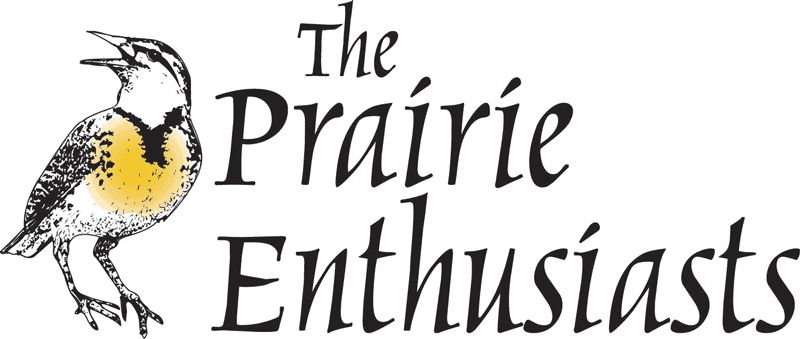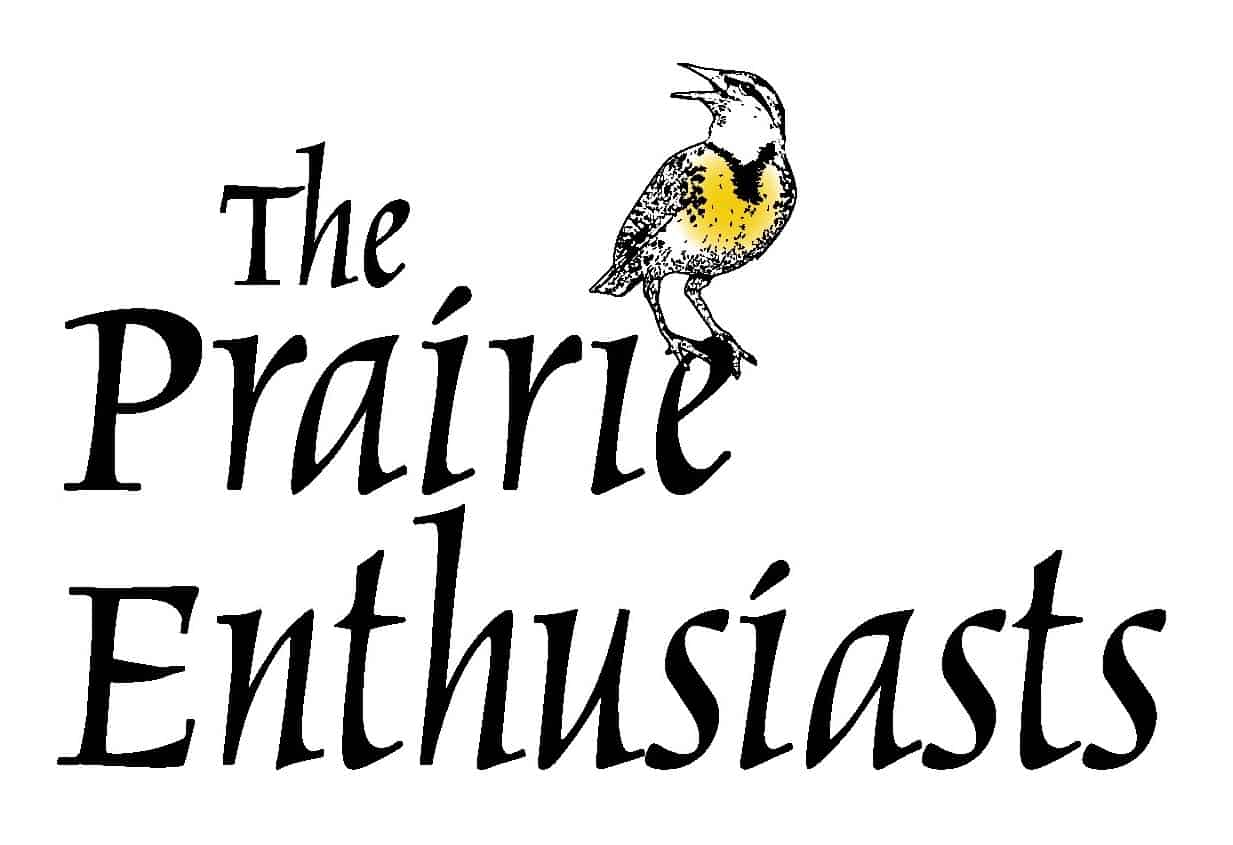Very often in the world of prairie restoration, there are differences of opinion on the ‘best’ way to improve a piece of land. After receiving the question below, Dan Carter wrote a reply that we felt would be helpful to share with everyone.
QUESTION from a TPE member
Just wondering what protection measures you implement in removing wild parsnips to protect the black swallowtail butterfly caterpillar. Parsnips is one of their select host plant. I’ve been finding caterpillars on parsnips for years. I know it is a horrible plant, but we also need to be careful not to destroy a species.
ANSWER from Dan Carter
You raise the conundrum that is really at the center of everything that happens with land stewardship. Everything we do to the benefit of one species, community, or ecosystem has reciprocal consequences for others that must be weighed against one-another.
Chapters and members have a very broad range of goals and approaches for the properties they care for, so I don’t presume to speak for them—and I don’t know if anyone is doing anything specifically to protect black swallowtail caterpillars as they control invasive species, but I don’t think people generally are. The best I can do is give you my take.
Generally, there should be a plan and/or goals in place that any conservation action that takes place serves. In other words, it wouldn’t make sense to eradicate parsnip just for the sake of doing so. Where The Prairie Enthusiasts are concerned, eradicating parsnip most often serves two separate goals. One is to establish or restore the diverse native vegetation associated with now-imperiled natural community types that in turn supports a broader diversity other life forms (invertebrates, vertebrates, fungi)—particularly those dependent on vanishingly rare prairies, savannas, or other fire-dependent natural communities. Parsnip infestations impede doing so. The goal of establishing or restoring a diverse prairie calls for a different set of actions and priorities than the goal of promoting one or a few plant, insect, or other animal species.
The other goal is to raise awareness of prairies and their value among the public, and the particular hazard parsnip poses to people in the course of their interaction with nature can impede that goal. In my view the most compelling argument for prairie conservation is the beauty of its flora and fauna, because the people whose imaginations are captured by that beauty are among the prairie’s most loyal advocates.
In most instances, the flora being encouraged through the eradication of parsnip will be more diverse and support a broader diversity of insects and other wildlife, including black swallowtails, because members of the carrot family are part of the native prairie, savanna, oak woodland, and sedge meadow communities we are often working towards restoring or reconstructing. Black swallowtail as a species benefits from using a broad range of native and exotic carrot family plants across the landscape (gardens, old fields, degraded woodlands, and high quality remnant natural communities), so it is able to maintain populations on or readily recolonize areas where exotic carrot family plants like parsnip, poison hemlock, and wild chervil have been removed. For instance, I eliminated parsnip and Queen Anne’s lace from our property early on, but we still have a good population of black swallowtail, because we have seven other native members of the carrot family native to prairies and savannas. Black swallowtail remained present on the surrounding landscape where its weedy or invasive host plants were still present and was able to recolonize—but now we now have a lot of other plant and insect species that we did not have before…and our children can romp around in it without fear of severe blisters. Native species I’ve observed black swallowtail larvae on include (but aren’t limited to) golden Alexanders, smooth meadow parsnip (Thaspium trifoliatum), yellow pimpernel, honewort, anise-root, sweet cicely, common water-hemlock, angelica, and black snakeroot (several species).
It would probably be possible to move caterpillars off of parsnip to other host plants, but oftentimes caterpillars won’t do as well if they are moved between species during their development. Doing this would also likely not be practical for larger infestations. …but in the case of black swallowtail, the local population will be fine so long as other host plants remain present, because just about all of the landscape outside of mowed lawn, paved areas, and cultivated fields still supports host plants, and black swallowtails disperse well, so the sites we might manage by eliminating parsnip generally already support other host plants, or they will.
I realize this may not get to the heart of your concern about the caterpillars on the parsnip, but concerns like yours either are or should be taken to account in the work that we do alongside all of the other factors that must be weighed in the course of good land stewardship.
Dan Carter, PhD
Landowner Services Coordinator
The Prairie Enthusiasts

